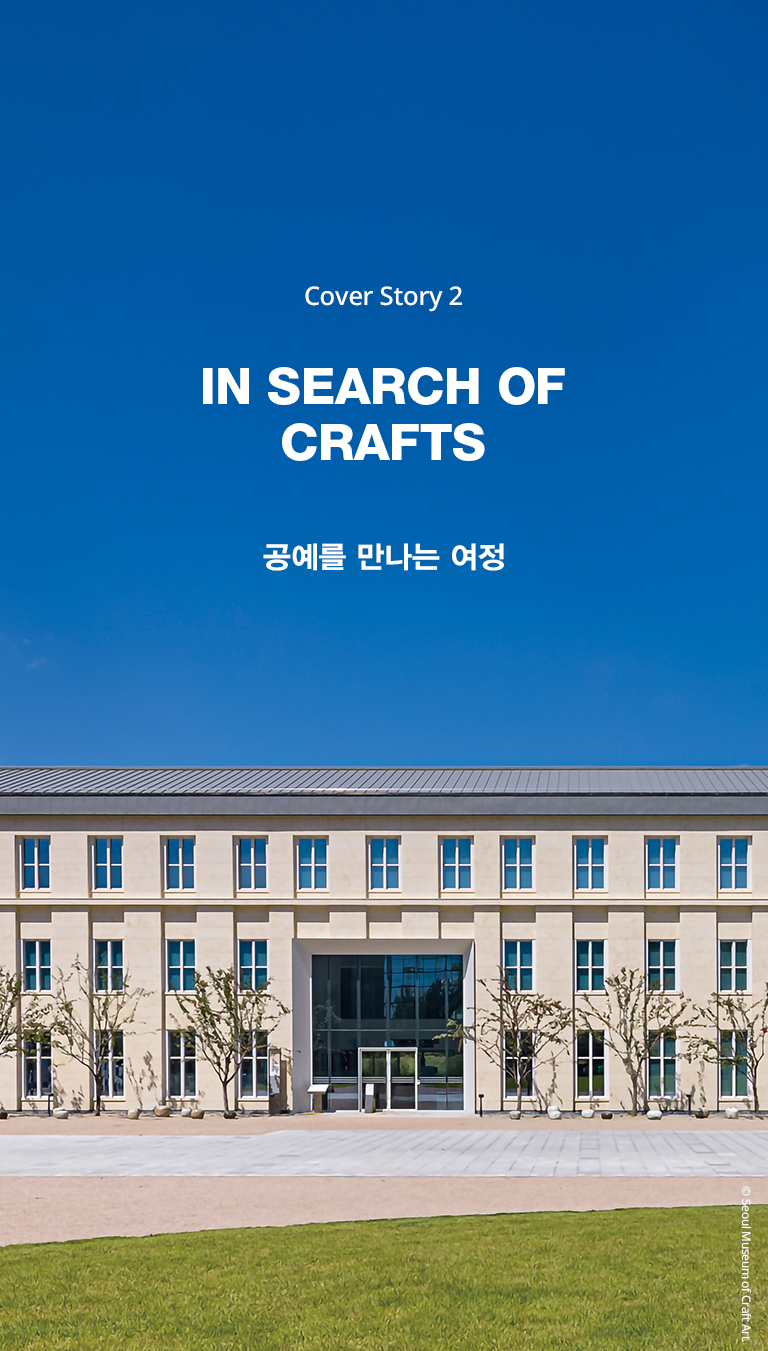
Korean crafts have long been woven into daily life, but recently they’ve found fresh ways to become part of people’s everyday routines, making them more valuable than ever. From clever, practical products to international events that inspire the world, let’s explore the many faces of Korean craft today.
우리 삶과 밀접한 관계를 맺어온 공예는, 최근 새로운 형태로 일상에 스며들며 그 가치를 강화해 가고 있다. 실용적이고 재치 있는 상품으로 진화한 사례부터 전 세계에 영감을 주는 국제적 행사로 발전한 흐름까지, 오늘날 한국 공예의 다양한 면면을 살펴본다.
Writer. Sung Ji Yeon
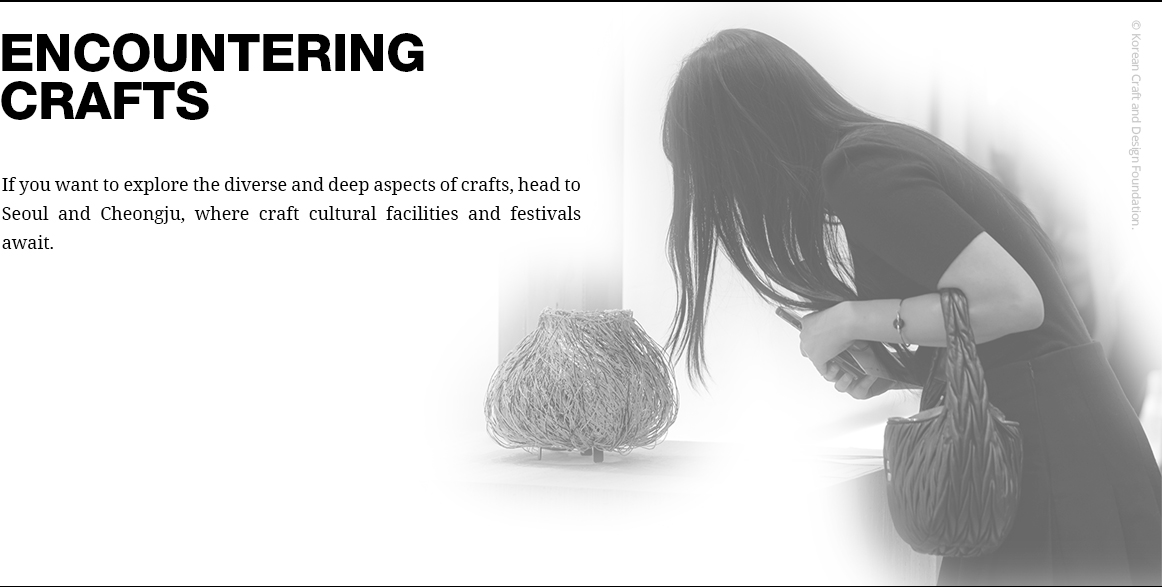
The Seoul Museum of Craft Art is Korea’s first public craft museum, bringing together the stories, techniques and people behind Korean crafts through engaging exhibitions.
Here you can dive deep into the technical, artistic and cultural significance of Korean crafts. Three permanent exhibitions explore the history of Korean craft, bojagi (traditional wrapping cloths) and embroidery. Through Dec. 31, a special exhibition traces the fascinating journey from harvesting lacquer sap to creating finished pieces.
The museum caters to everyone with tailored programs for students, adults and international visitors, plus a specialized library covering crafts. Families will love the dedicated Children’s Museum “Craft Village.”
Can’t visit in person? The museum offers a rich online experience with well-organized digital archives and virtual exhibitions that bring the collections to your screen.
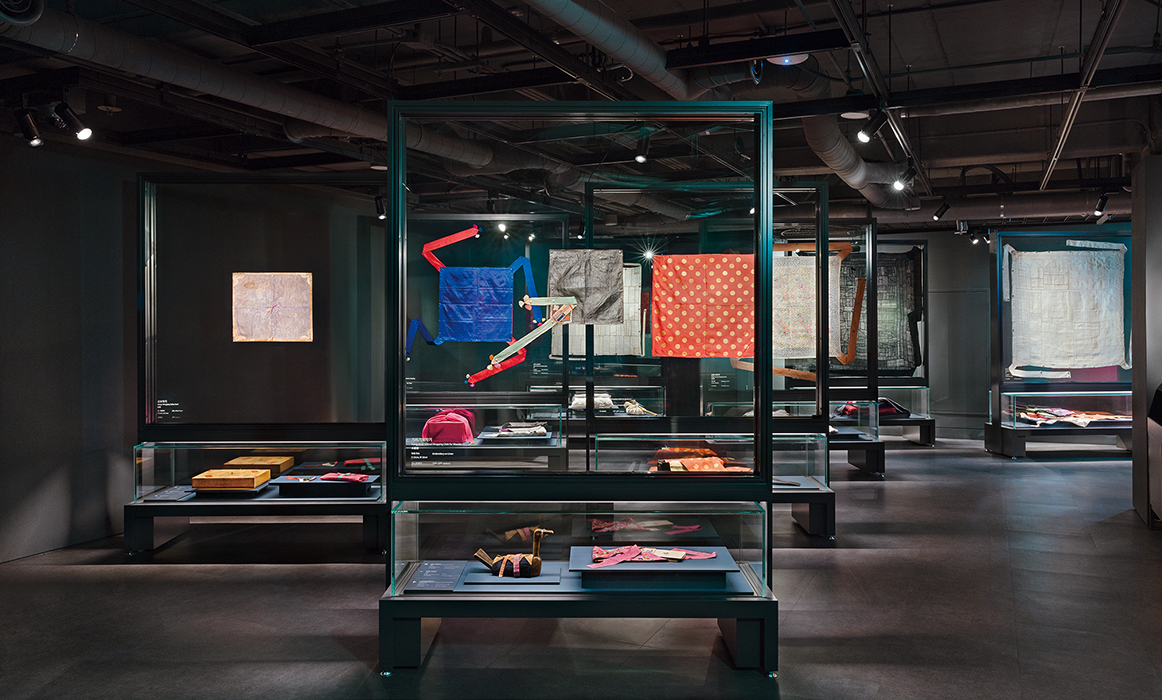 © Seoul Museum of Craft Art.
© Seoul Museum of Craft Art.
The Craft Trend Fair is Korea’s biggest annual craft celebration, drawing together everyone from emerging artists and established workshops to major brands and companies. Themed pavilions highlight Korean cultural values while showcasing works by the country’s leading craft artists. National institutions and local governments also join in, creating a comprehensive showcase of contemporary Korean crafts.
This year’s fair runs Dec. 11-14 and focuses on connecting the entire craft ecosystem—makers, buyers and enthusiasts alike. International craft buyers will be there scouting for talent, industry experts will share insights through lectures and guided tours will help visitors navigate the extensive displays. Whether you’re a casual visitor or a serious collector, you’ll walk away with a deeper understanding of Korea’s vibrant craft scene.
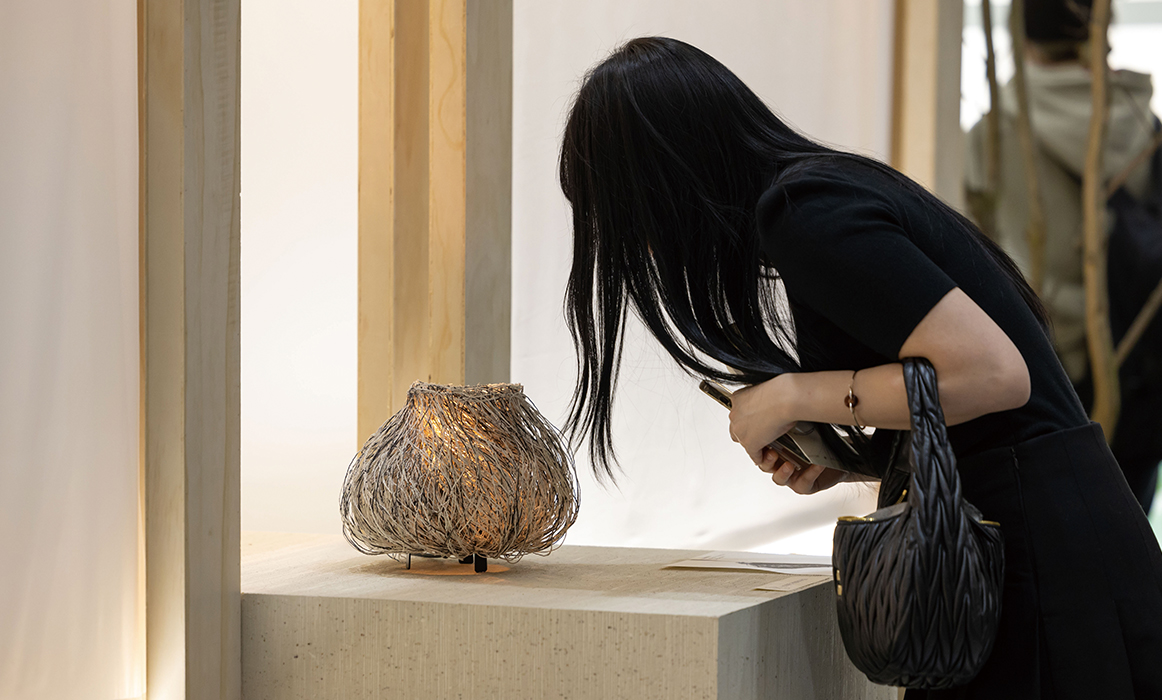 © Korean Craft and Design Foundation.
© Korean Craft and Design Foundation.
The Korea Craft Museum in Cheongju stands out for its deep connections with local craftspeople. Six galleries showcase contemporary and future-focused craft exhibitions, including a recent 20-year retrospective of Chungcheongbuk-do Province regional crafts.
The museum goes beyond typical museum functions by running a shop that collaborates with local craft departments to develop and sell original products. It also supports resident artists through its Craft Studio and fosters cultural engagement in Korean craft through educational programs offered by its Craft School.
With unique exhibitions and classes you won’t find elsewhere, it’s worth checking their website for current offerings if you’re planning a visit.
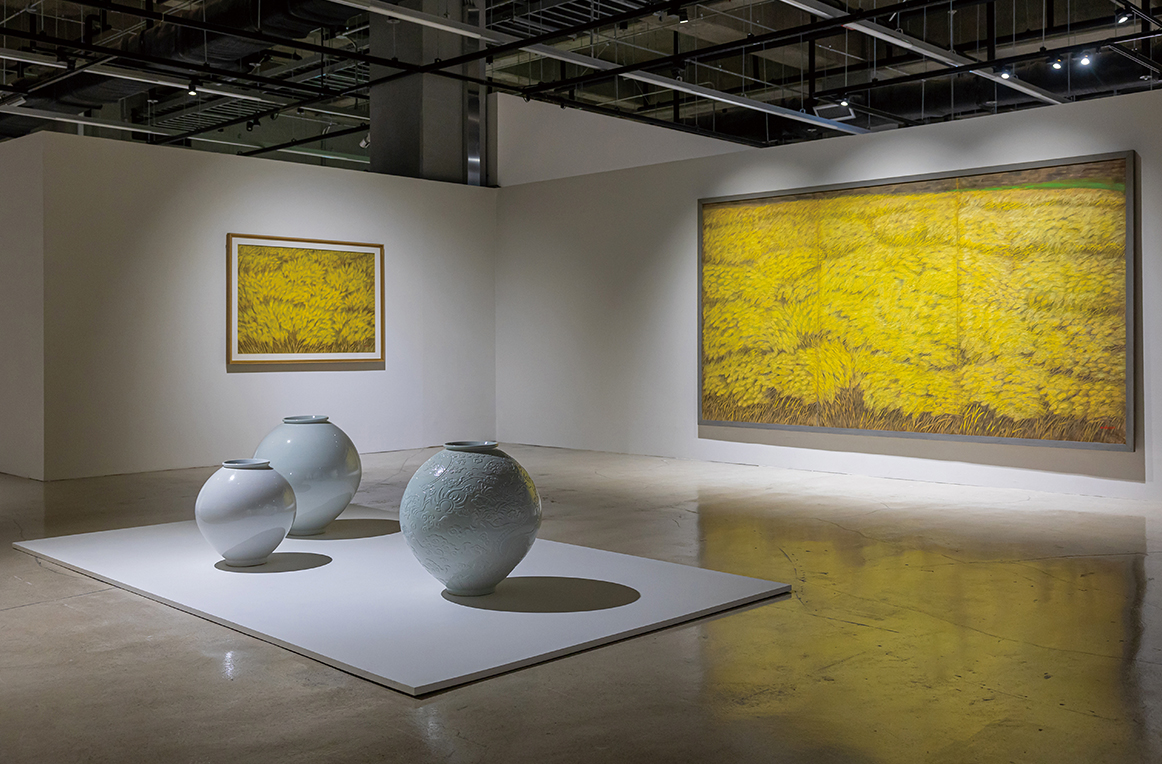 © Korea Craft Museum.
© Korea Craft Museum.
The Cheongju Craft Biennale brings together international crafts every two years, offering a comprehensive look at materials and techniques from around the globe. But it’s more than just exhibitions—it’s a full-scale festival with performances, hands-on craft experiences and artist meet-and-greets that let locals and visitors dive deep into craft culture.
This year’s theme, “Re_Crafting Tomorrow,” highlights the fact that crafts have always been closely connected to our essential needs. The biennale explores how these crafts might change and what new roles they could assume in the future.
Running from Sept. 4 to Nov. 2, this edition promises to be record-breaking in every way: the most participating countries, the most artists, the largest exhibition space and the longest duration in the biennale’s history. It’s shaping up to be an unprecedented celebration of global craft.
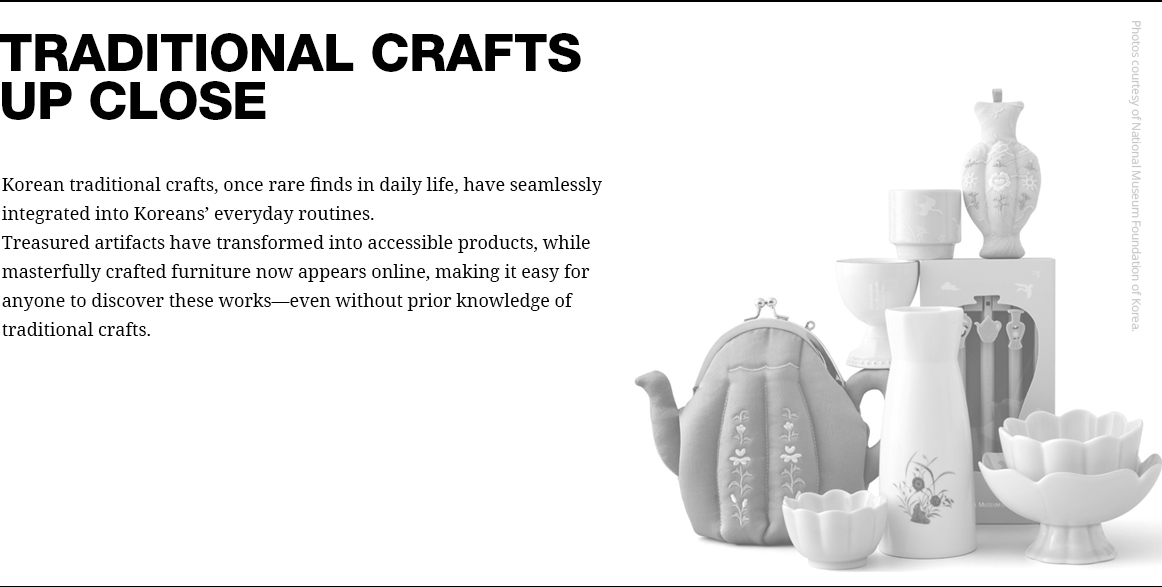
Tradition and crafts are trending in Korea, with the brand “MU:DS” leading the way by transforming national museum collections into everyday items.
MU:DS creates miniature versions of Korean national treasures for daily use. Take the Great Gilt-bronze Incense Burner of Baekje—originally a massive 64 cm, 11.8 kg ceremonial piece from 1,400 years ago. MU:DS has shrunk it down to palm size, perfect for holding tea lights, incense or small treasures. Similarly, the Celadon Prunus Vase with Inlaid Cloud and Crane Design now lives on as candles and keychains.
What makes MU:DS special is how it reimagines these traditional forms for modern life. Think notebooks inspired by Joseon-era furniture or smartphone chargers shaped like traditional soban (small dining tables)—clever ideas that honor the past while serving today’s needs.
MU:DS pieces work beautifully as both tributes to Korean craftsmanship and practical everyday accessories.
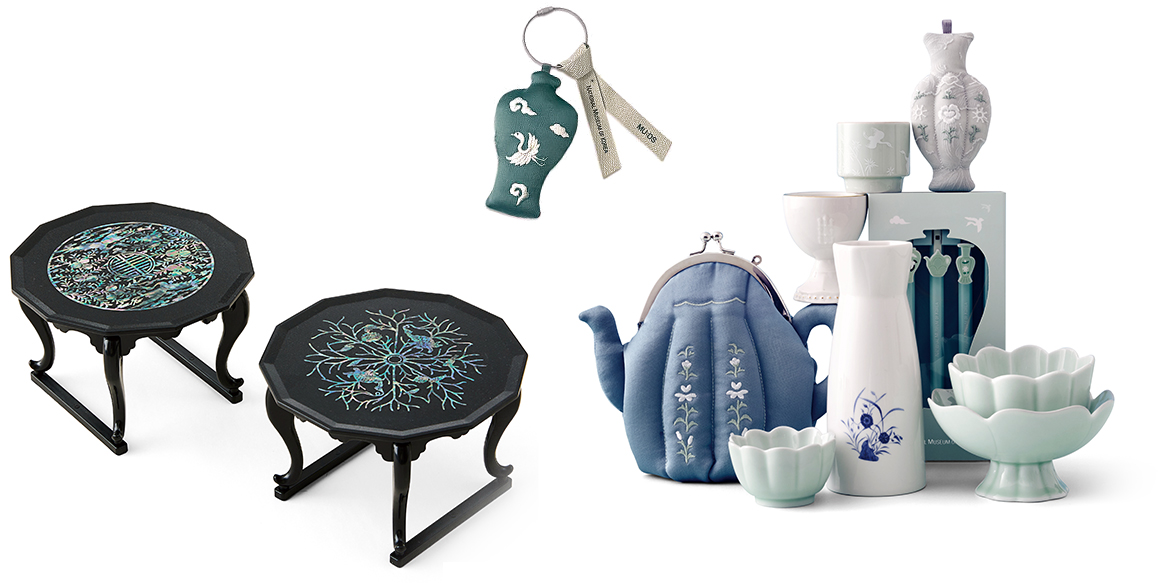 ⓒ National Museum Foundation of Korea.
ⓒ National Museum Foundation of Korea.
Curious about authentic Korean master crafts? K-Heritage from the Korea Heritage Service is your gateway. Since Korea recognizes traditional crafts as intangible cultural heritage, this platform brings together works from certified master craftspeople all in one place.
K-Heritage’s K.CRAFT features pieces by the country’s top traditional artisans—those officially recognized by the state. Every item meets strict national standards for quality, beauty, functionality and craftsmanship. You’ll find stunning traditional furniture with understated elegance and lacquerware boxes that practically glow with rich colors.
The platform also showcases exciting collaborations between master artisans and contemporary designers. Traditional furniture gets modern makeovers for today’s interiors, antique sewing boxes become stylish lighting, jade transforms into trendy accessories and traditional lucky pouches inspire contemporary bags.
K.CRAFT captures the full spectrum of Korean traditional crafts, ranging from authentic historical pieces to their modern interpretations.